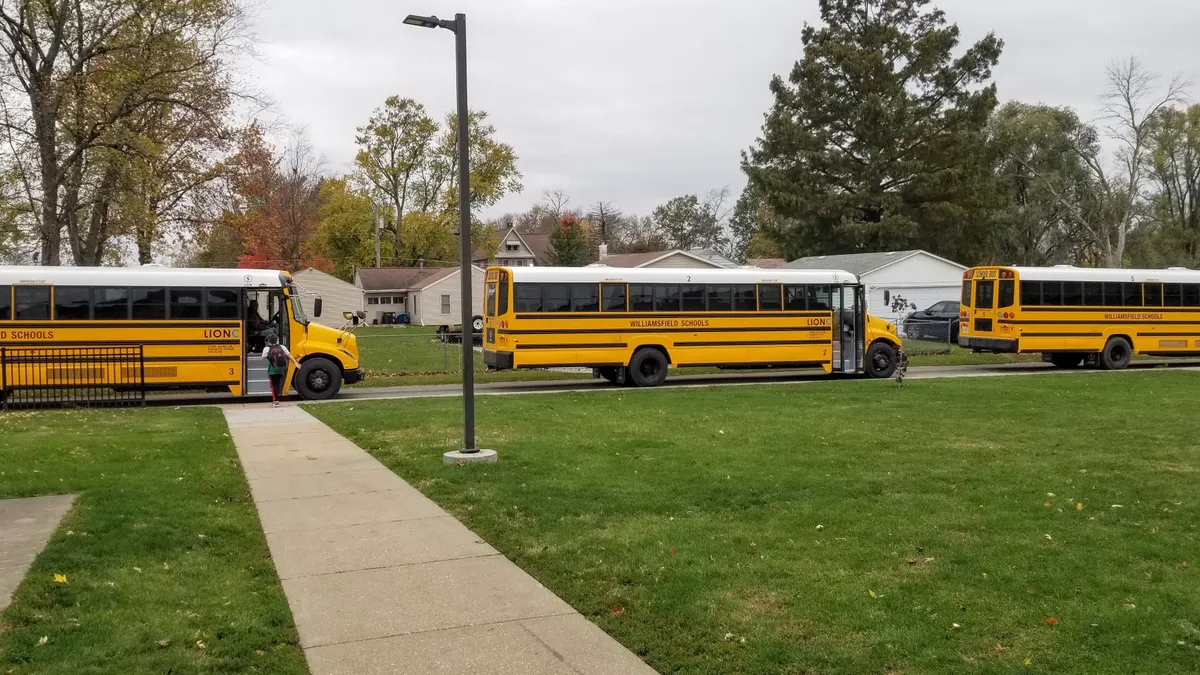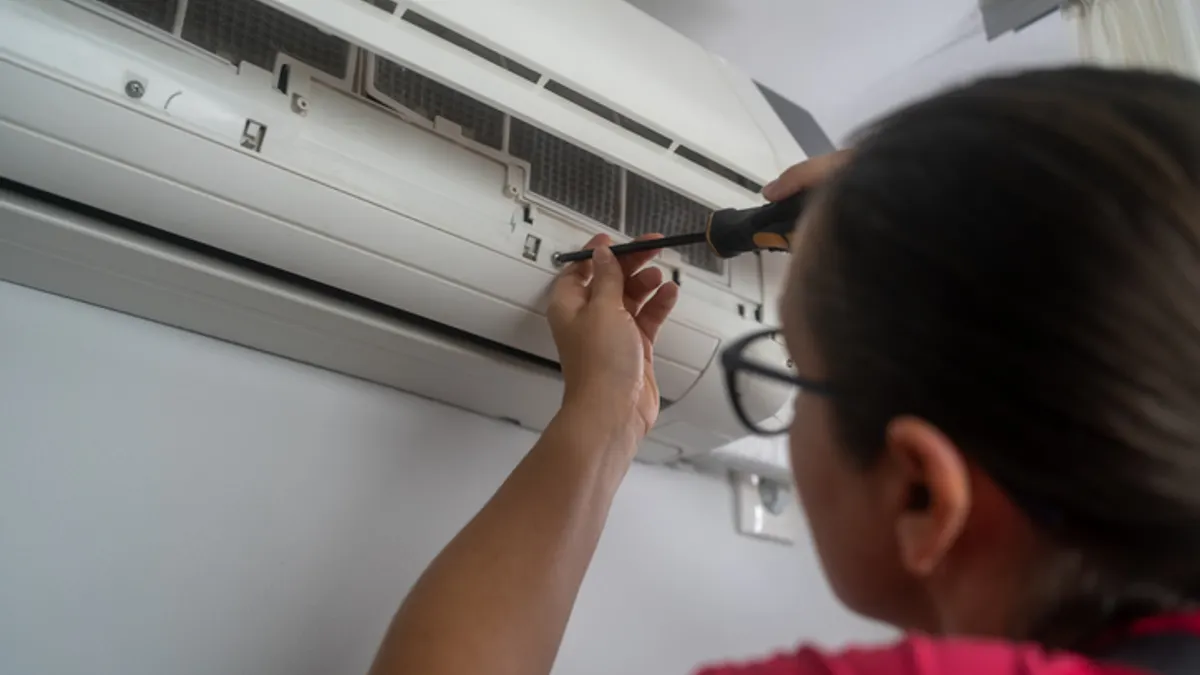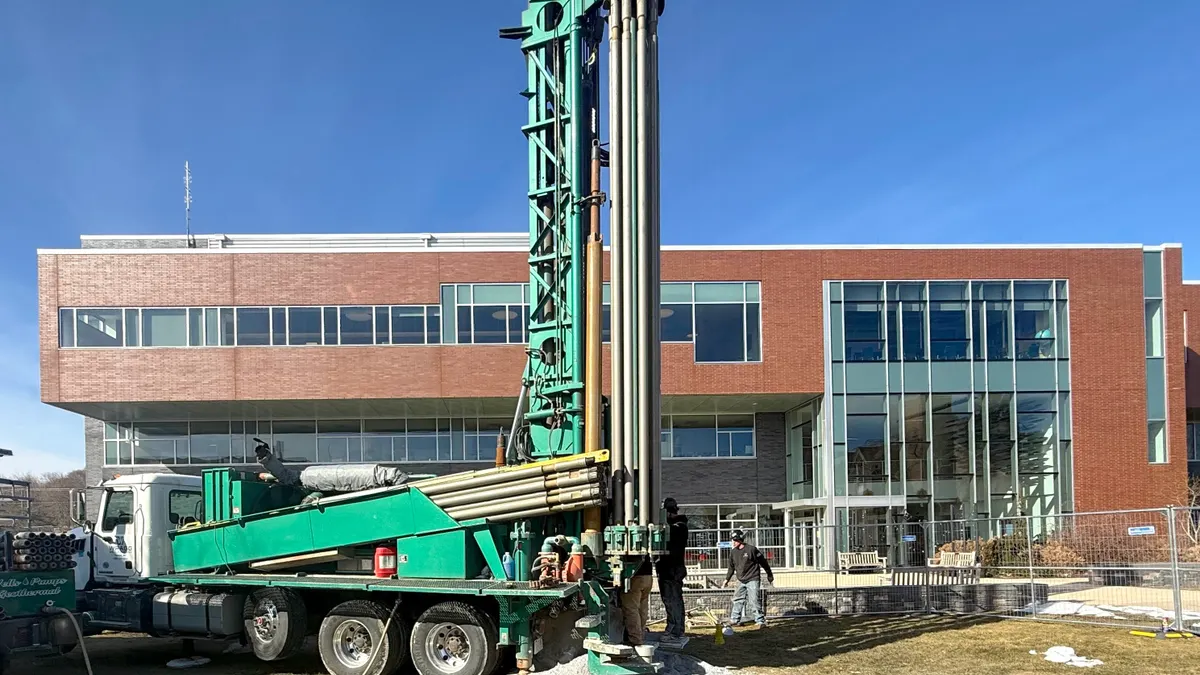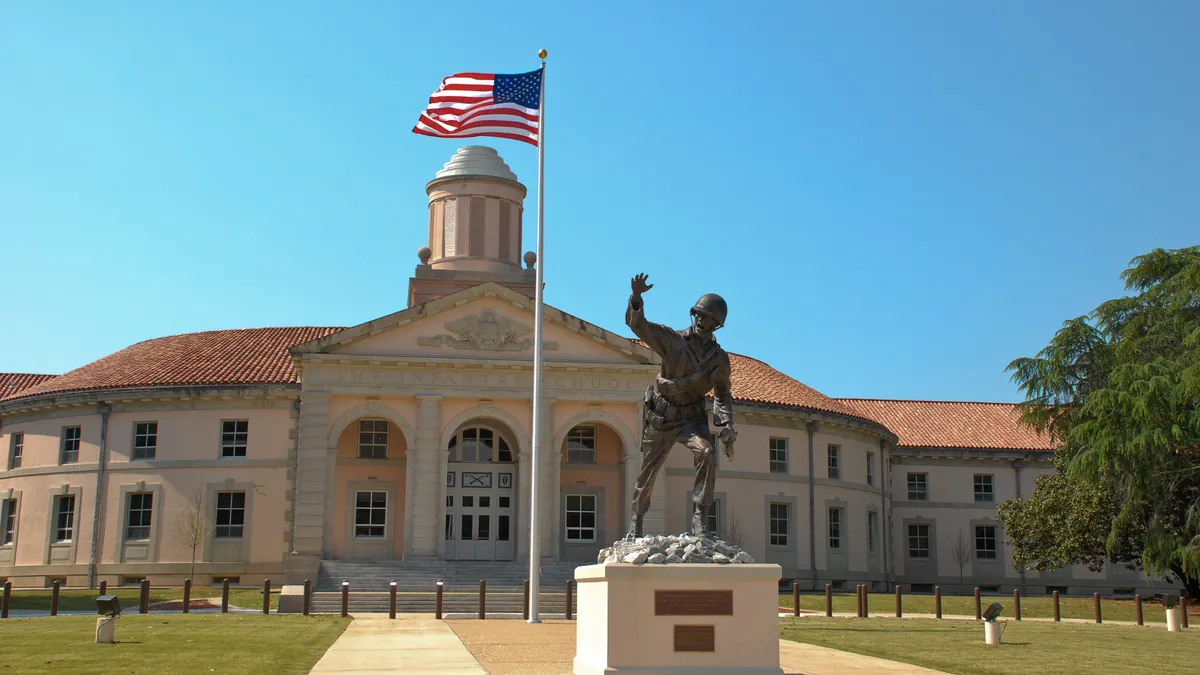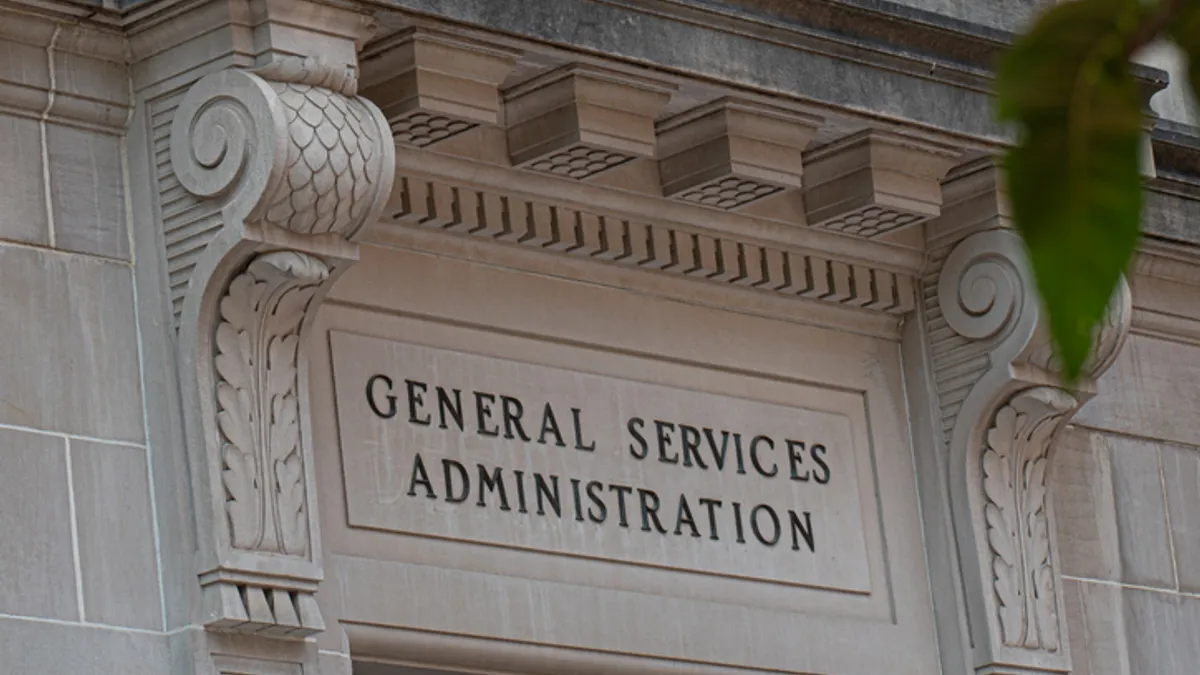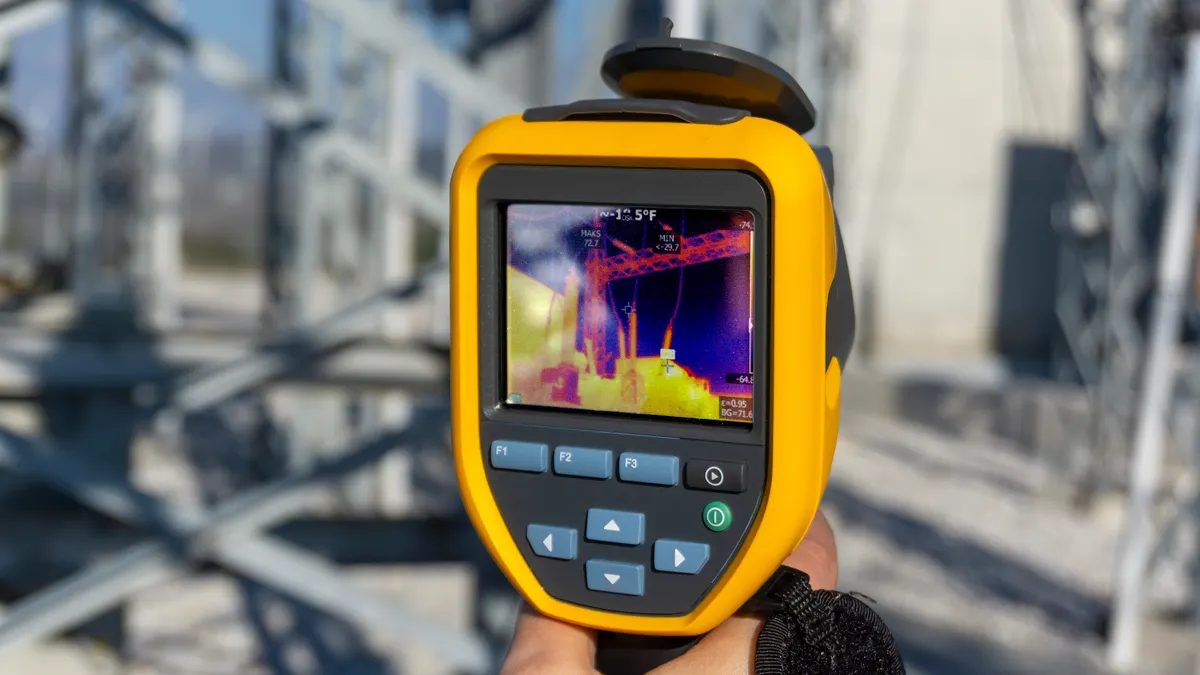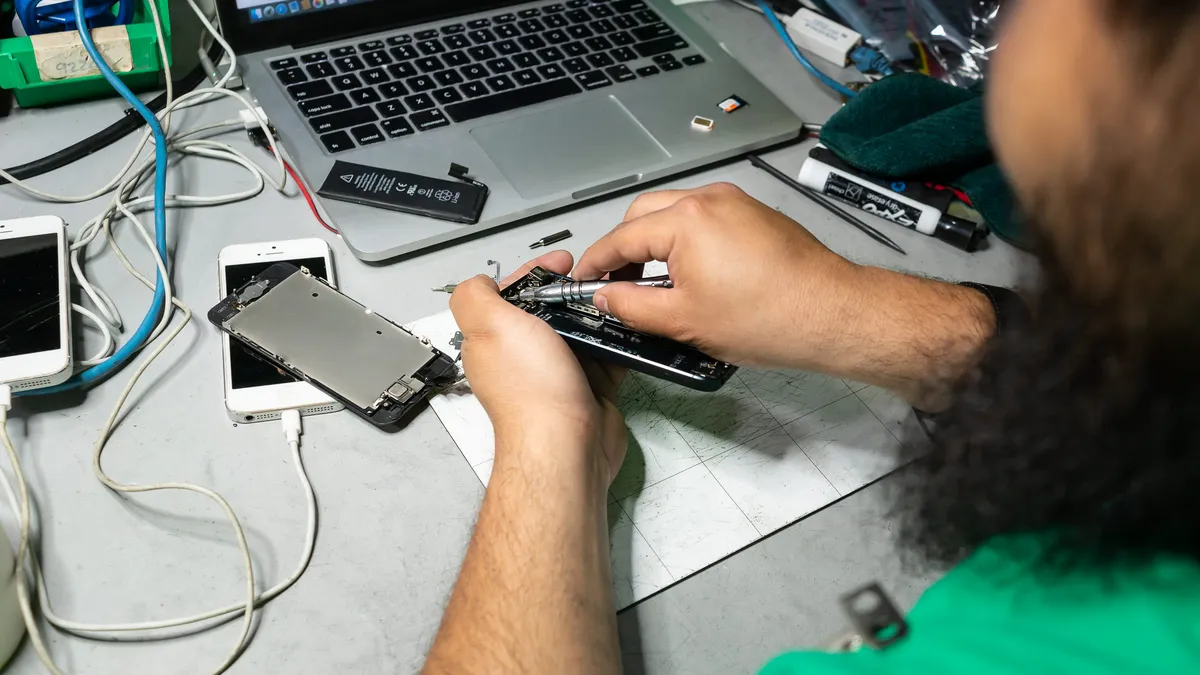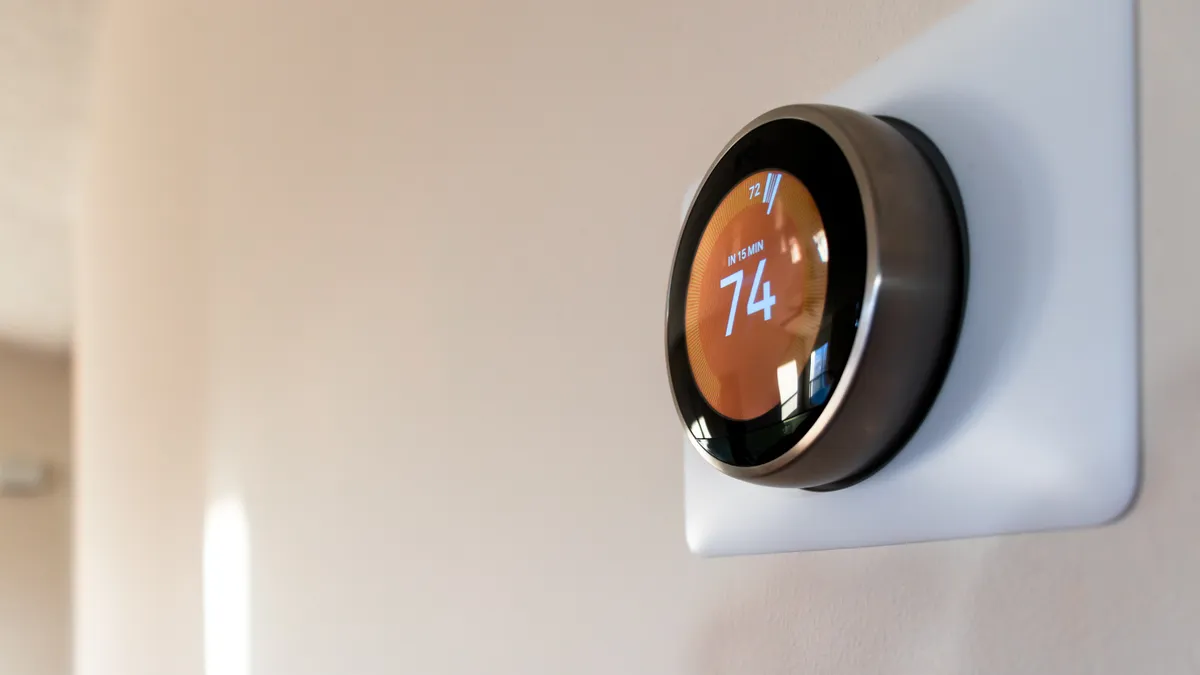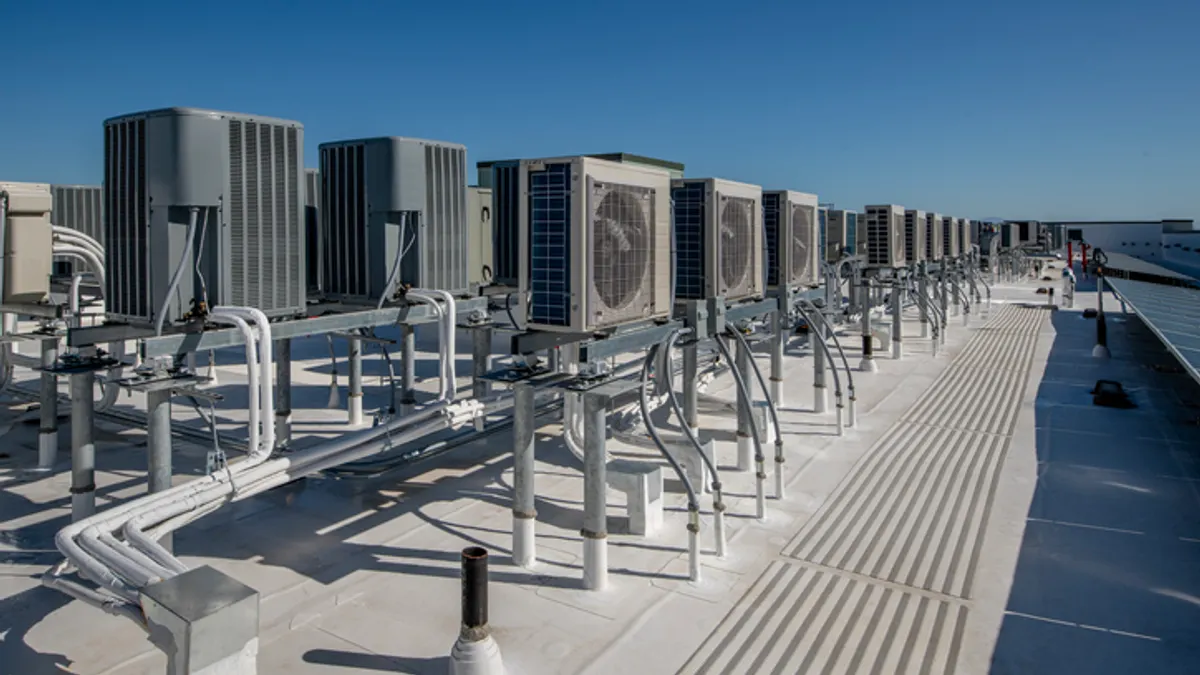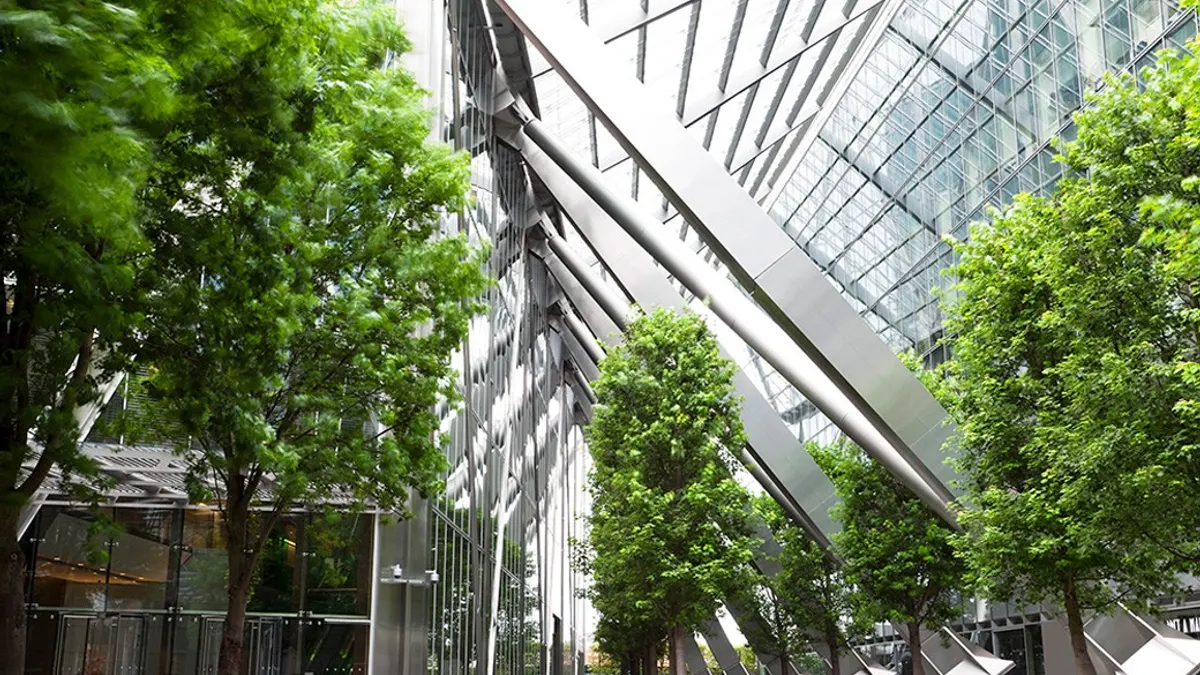School districts can now access uncapped, noncompetitive and unlimited direct payment in lieu of federal tax credits to finance clean energy initiatives like solar panels, ground source heat pumps and electric buses.
These investments can result in reduced costs and air pollution and provide resilient infrastructure, said those supportive of the new initiative.
Known as the "direct pay" provision in the Inflation Reduction Act, the program allows tax-exempt entities like schools to receive tax-free cash payment for qualifying projects for the tax year their clean energy initiatives were put into service. This funding can be combined with other revenue sources, such as grants and utility rebates, and covers projects that began service after Jan. 1, 2023.
While clean energy tax credits for the private sector have long existed, this is new to governments, nonprofits and school districts that are exempt from certain taxes, said Sara Ross, co-founder of UndauntedK12, a nonprofit that supports school initiatives protecting the climate. UndauntedK12 is working to build awareness for the program among school administrators and school design, engineering and construction companies.
"It's a massive piece of legislation that is basically new industrial policy for the United States, so there's just a huge awareness-building amount of work that we need to do to go from where we are now to fully embracing this opportunity," Ross said.
Funding is available by statute until at least 2032, according to UndauntedK12.
Ross explained that a tax reimbursement is based on how much is spent on a clean energy project. For example, if $10 million is dedicated to installing a new ground source heat pump, a district could earn a 30% base tax credit reimbursement for the project.
Other factors can increase the direct payment amount, such as whether materials are sourced from the U.S., if the community is located in a fossil fuel-dependent locality, and if the school being upgraded is located in a low-income area, according to Ross.
School systems need to preregister with the IRS before the next tax return deadline. Since schools do not have a tax year, the IRS recommends they use their accounting year for that purpose, according to Undaunted.
Additional paperwork shouldn't stop schools from exploring this revenue stream for facility and transportation upgrades that are eligible for direct pay, Ross said. "It's like we're already spending the money here, folks. Let's just spend it in a smarter way," she said.
The move to electric buses
Illinois' Williamsfield Schools is preparing to request a tax credit reimbursement from the IRS for replacing its diesel fuel buses with seven electric buses, said Superintendent Tim Farquer.
A desire to shorten bus rides, add routes and decrease diesel exhaust to benefit student health led the 300-student district to decide on electric buses. The new buses, which cost $2.6 million, began service in October and November, Farquer said.
The district has already received $2.7 million from the Environmental Protection Agency's Clean School Bus Program. That funding, however, did not cover the full cost of $3.2 million for the buses, charging stations and creating the alternative fueling infrastructure, Farquer said.
Additionally, Farquer said, the district is saving over 90% on energy when considering that it spends 2 1/2 cents per kilowatt hour to operate the electric buses compared to $3.70 per gallon for diesel fuel. Another way to look at it is that the district expects to save $6,500 annually per bus from fuel costs.
"When all the smoke clears for us, it's going to end up budget neutral to make the transition" to electric buses, Farquer said.
Because the process is new, Farquer is not yet sure how much the district will be reimbursed through the tax credits. But one thing is certain, he said.
"One of the rules that they have is you can't get back more than what you paid," Farquer said. "It can't be a revenue-generating opportunity."
Exploring sustainable infrastructure
UndauntedK12 cites additional examples across the country — from Massachusetts to California —- of school districts undergoing upgrades with clean energy designs.
Seattle Public Schools, for example, opened a handful of schools last fall with new construction or renovations that included sustainability features such as geothermal heating systems, highly efficient ventilation systems, energy efficient LED lighting and roofs that accommodate solar panels.
Elsewhere, school districts used federal COVID-19 emergency funding to add clean energy initiatives to campuses as they planned for facilities upgrades or new construction. The pandemic, in many cases, highlighted the need to upgrade outdated or inefficient school facilities by, for example, improving HVAC systems and air filtration.
School facility upgrades and repairs are the fourth most popular spending category for K-12 funds from the American Rescue Plan, according to a membership survey by the Association of School Business Officials International.
Several school administrative organizations, like ASBO, have shared information about the IRS tax credit reimbursement program with members.
As district leadership weighs participating in the program, Ross recommends they look back on projects from 2023 to see if any would qualify. Then, she advises district leaders to examine their capital projects to see where future sustainability strategies can align.
Administrators should be asking, "How do we make sure that we have a plan to replace it with one of these technologies that qualifies where you can get millions of dollars back?" Ross said.
Farquer advises district leaders to leverage local and national experts in education, construction and utilities to better understand clean energy options and financing strategies. While district leaders are often stretched thin addressing academic, staffing and budgeting responsibilities, understanding and committing to clean energy initiatives can provide "cleaner air, healthier environments, and more money for classrooms," Farquer said.



